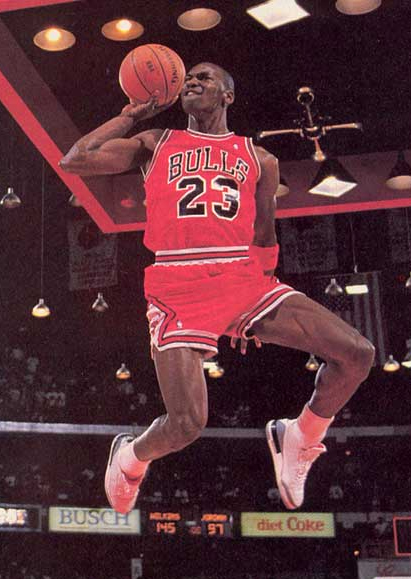
words // Zac Dubasik
In today’s feature, we took a look at some of the least accurate, and therefore worst, retro sneakers of all time. Not all retros are created with the same love, attention to detail, or pricing considerations. And some, to put it bluntly, just turn out bad – so bad that they would have been better off never coming back at all.
Compounding the problem, there’s less chance a good retro will be back soon in situations like that. For example, it’s been 6 years since the Air Tech Challenge ¾ returned in sub-par form, and we still haven’t seen it back, and done right.
 If you’ve been anxiously awaiting the return of one of these classic models, you’re obviously hoping for the most accurate reproduction possible. But what if you already have one of the OGs? Do subtle differences between generations of a shoe (whether intentional or not) actually help preserve the legacy of the original? Poor quality is one thing, and there’s no excuse for using a wrong tooling, for example, but intentional tweaks present a different set of considerations.
If you’ve been anxiously awaiting the return of one of these classic models, you’re obviously hoping for the most accurate reproduction possible. But what if you already have one of the OGs? Do subtle differences between generations of a shoe (whether intentional or not) actually help preserve the legacy of the original? Poor quality is one thing, and there’s no excuse for using a wrong tooling, for example, but intentional tweaks present a different set of considerations.
In the sneaker world, one of the most contentious debates for years has centered on the use of the words “Nike Air” on classic Air Jordan models – specifically, the Air Jordan I’s tongue tag, and the heels of the Air Jordan III, IV, V and VI. Up until, and including the 2001 retro editions of the Air Jordan III, these models featured the same “Nike Air” branding as the originals. But as Jordan Brand began to further seperate itself as its own entity, these models underwent a facelift when it came time to retro them.
Rather than using “Nike Air” on the heel, Jordan Brand replaced it with their own branding: the Jumpman. It’s hard to believe that the addition of the most iconic logo in sneaker history would be seen as a negative thing, but that’s exactly how many purists viewed the change.
To be fair though, since these are technically Jordan Brand shoes, rather than Nike, the change made sense. And for many years, that’s how things had remained.
In 2013 though, things finally began to change. We’ve since seen a handful of Air Jordan Is now showcasing their original “Nike Air” branding on the tongue tag. And with the introduction of the “88” edition, “Nike Air” finally returned to the heel counter of the Air Jordan 3, in honor of MJ’s 1988 Slam Dunk Contest victory. While the shoe’s construction and materials may not have returned to 1988 standards, it was an extremely well received move, and sold out immediately.
From early indications, and upcoming releases, it appears that we will continue to see “Nike Air” on the tongues of at least some Air Jordan Is. But despite the success of the Air Jordan 3 Retro 88, the heels of the III, IV, V and VI look to be sticking with the Jumpman, at least in the near future. Is that necessarily a bad thing though?
As fans of sneakers and basketball, we tend to romanticize these original shoes, and the moments that made them legendary. So maybe it’s actually better sometimes to let these original shoes live on their own. If the shape, quality, and overall look of the shoe properly reflects the originals, we can appreciate small changes to the details, in order to leave those originals, original. That’s not to say we wouldn’t love everything to be exactly the same, on every retro model. But if small changes like these are the reality we have to face, the situation isn’t all that bad afterall.

